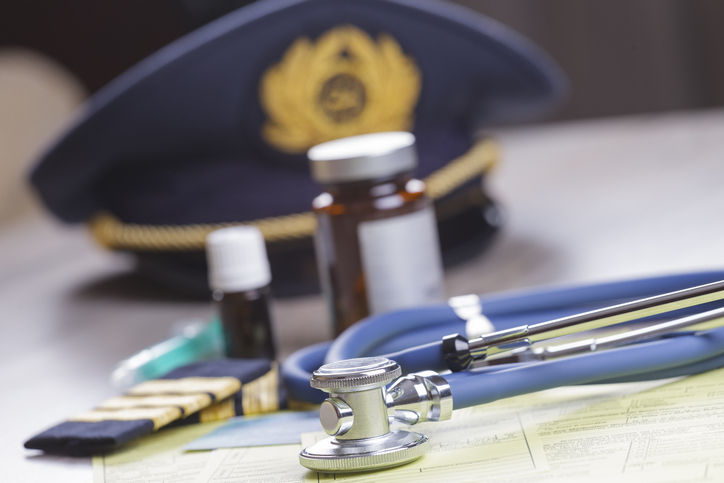
General aviation is usually defined as all nonscheduled, nonmilitary civilian flight operations. If an aircraft is not flown by a commercial airline or by the military, it falls under this category.
The United States has a large and diverse general aviation community. Although you may not realize it, you have probably encountered the general aviation industry in your day-to-day life.
General Aviation: The Statistics
General aviation covers a wide range of aerial operations. The Smithsonian National Air and Space Museum estimates that three-fourths of all flights in the United States fall under general aviation. And, according to the Aircraft Owners and Pilots Association (AOPA), over 500,000 of the nation’s 600,000 pilots fly general aviation aircraft.
Types of General Aviation
General aviation is part of our everyday lives. Here are just some of the many types of general aviation you may encounter.
Aerial Firefighting
Aviation and firefighting have a long history. General aviation is key to fighting forest fires as well as protecting homes, forests, parks, wildlife reserves, and woodlands. Specifically, airtankers or “water bombers” are fitted with tanks of water that they can then drop directly on flames.
Agricultural Aviation
General aviation is an agricultural tool used to plant fields, manage herds of farm animals, and treat crops. In fact, according to AOPA, agricultural aviation plants 95 percent of rice and treats 75 million acres of crops in the United States every year.
Business and Personal Travel
There are several benefits to taking advantage of general aviation transportation for business and personal travel: flexibility, speed, and safety, to name a few. Passengers and pilots on private planes don’t have to rely on the schedule of a commercial airline, so they can depart at their convenience.
Law Enforcement
Police and other members law enforcement have used general aviation aircraft like helicopters and small planes to locate missing people, control crowds, apprehend suspects, and patrol neighborhoods or roadways.
Medical Transport
Air ambulances can transport accident victims to hospitals much more quickly than an on-the-road ambulance, and helicopters can bring resources or evacuate people from areas that are difficult to reach. Additionally, general aviation resources are used to deliver blood and organs in a timely manner to the patients and hospitals who need them.
Overnight Delivery
Have you ever ordered items online and requested overnight delivery? Thank general aviation for delivering your package quickly. Similarly, express planes can bring mail to hard-to-reach places that are overlooked by major air carriers.
Search and Rescue
Mountain climbers lost in the snow, swimmers lost at sea, and hikers lost in the maze of an inland wilderness rely on search and rescue teams to find their way back home. Helicopters and small planes are often used as part of search and rescue.
Sightseeing
Vacation spots and landmarks advertise aerial tours for a chance to view the site from above. Looking at the Grand Canyon from a helicopter is very different than taking in the vista on the ground.
Surveying and Mapping
Agencies, government offices, and other small organizations—especially those focused on the environment—take advantage of general aviation to conduct surveys of wetlands and wildlife as well as create maps of endangered areas.
Traffic Reporting
Those aerial views of traffic on the morning news that show you how difficult your commute is going to be are usually taken from helicopters.
Contact an Aviation Accident Attorney Today
If you’ve been injured or are facing a complex legal matter, reach out to Wilson Kehoe Winingham Injury Lawyers to schedule a consultation. Our team serves clients across Indianapolis and throughout Indiana, and we’re ready to pursue the justice and full compensation you deserve.
